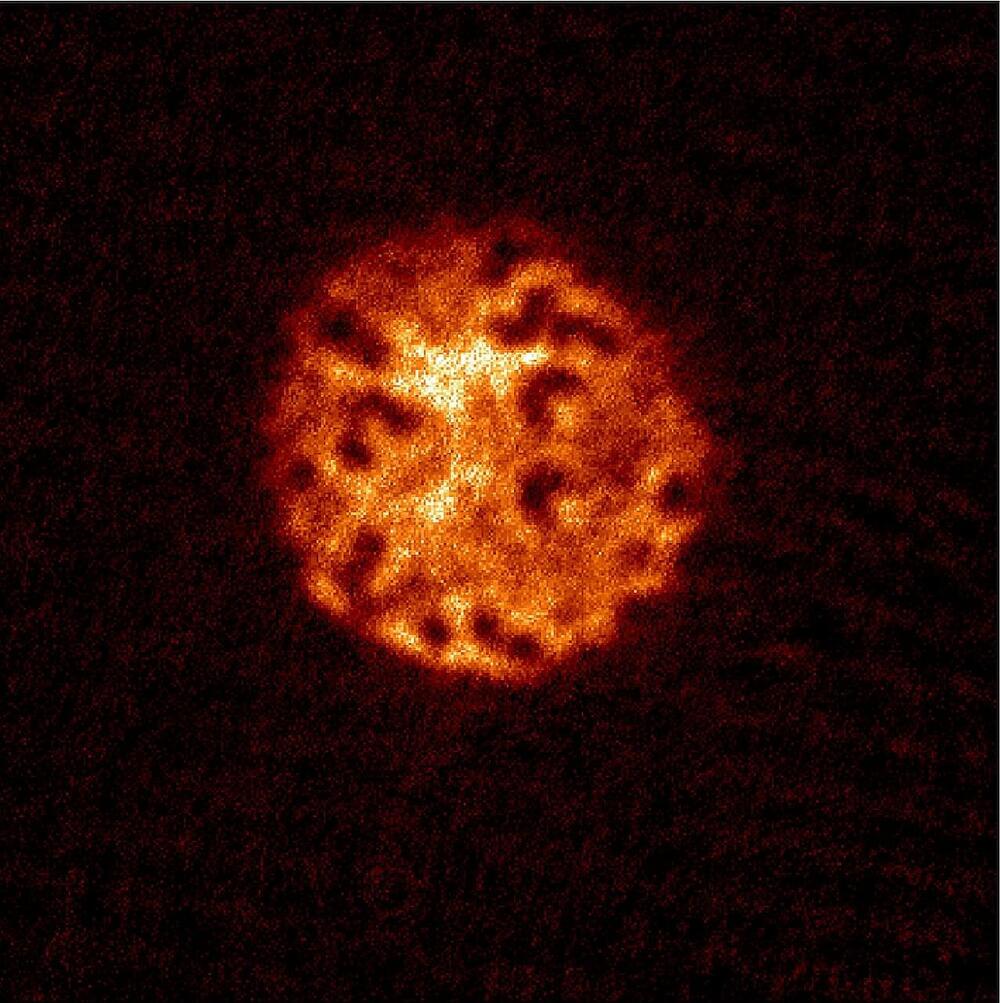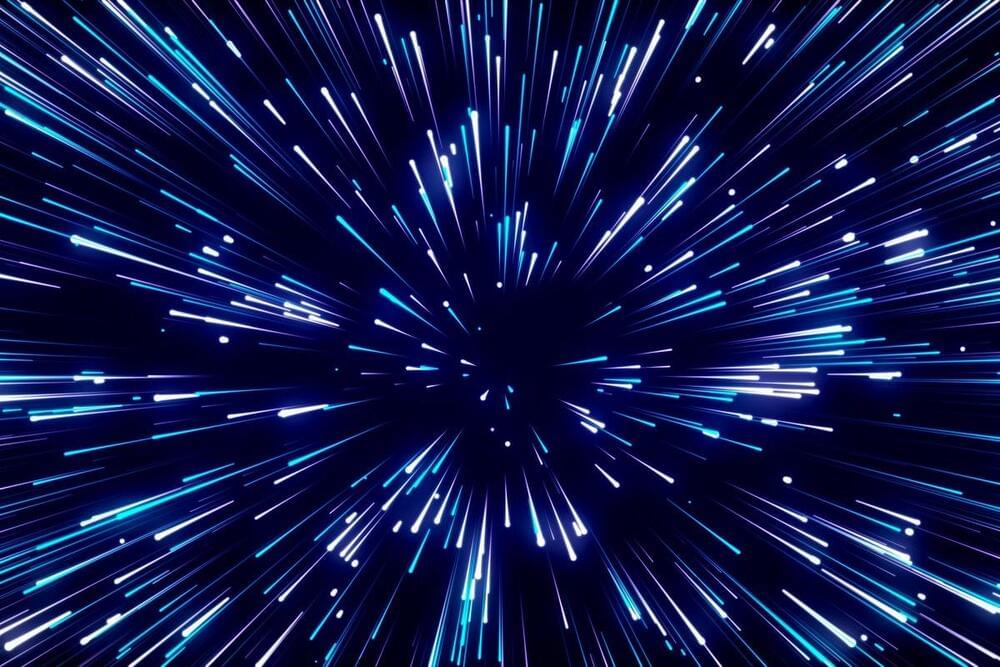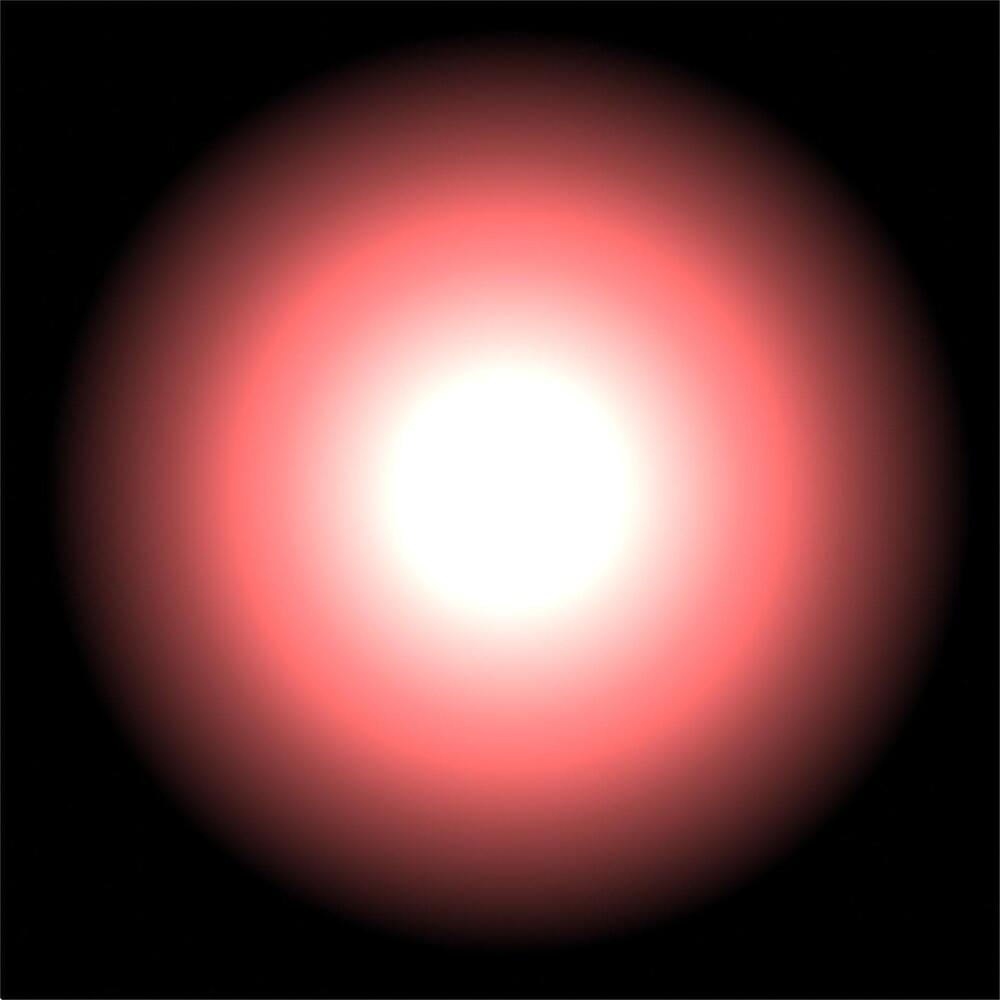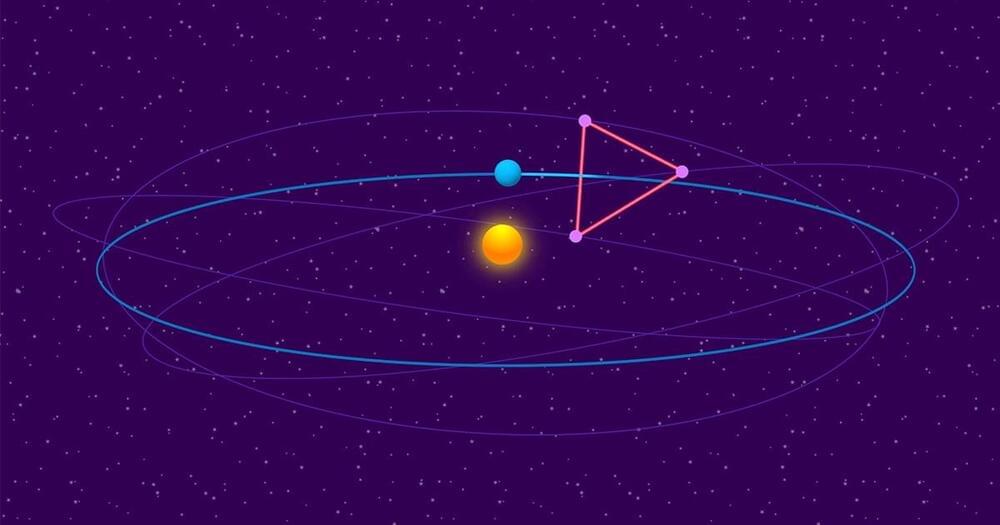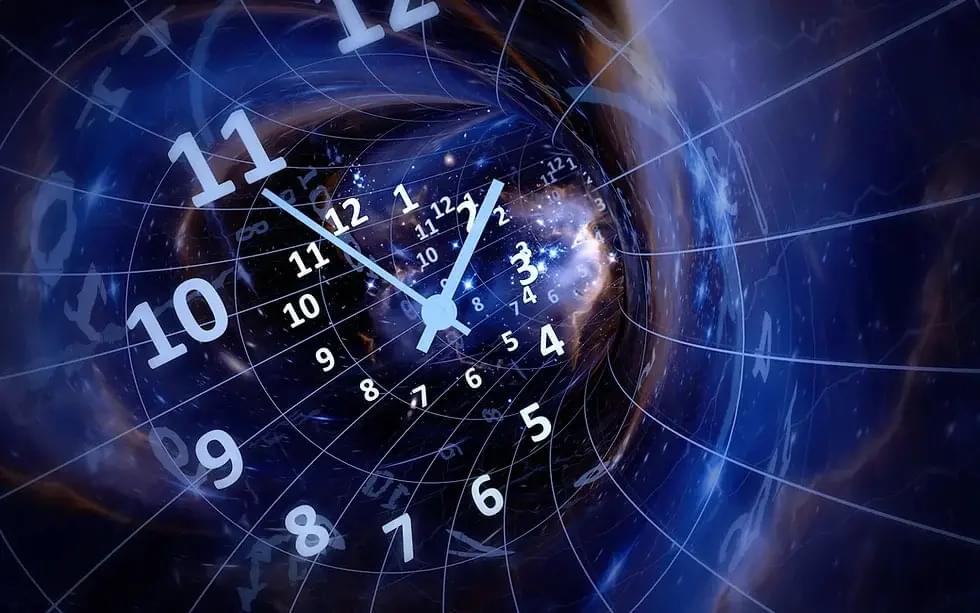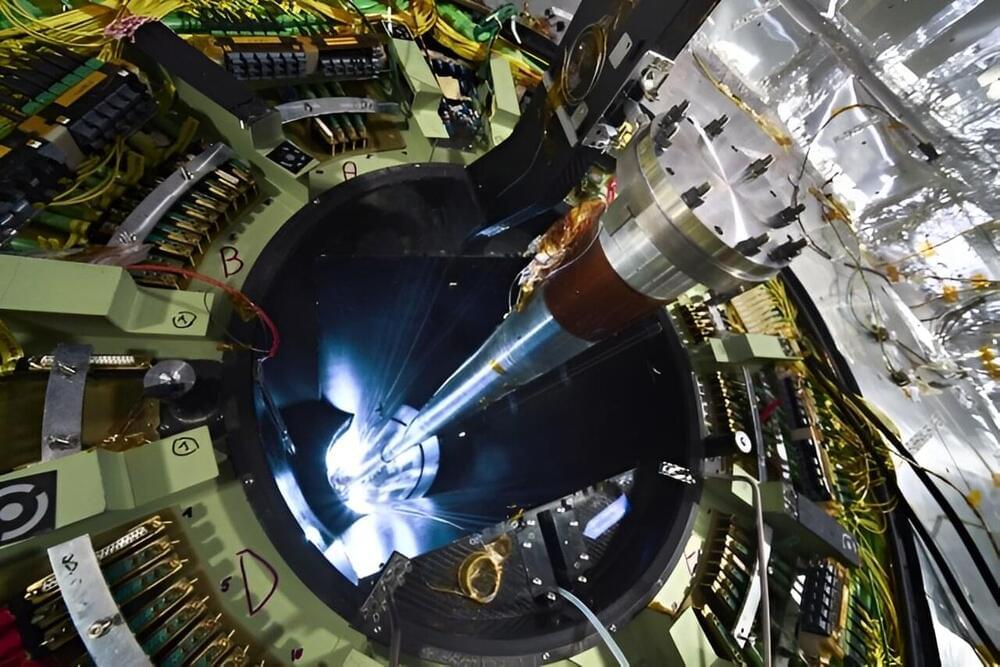Follow Closer To Truth on Instagram for interesting articles, announcements, and giveaways: https://shorturl.at/p2IhM
Can biology be explained entirely in terms of chemistry and then physics? If so, that’s “reductionism.” Or are there “emergent” properties at higher levels of the hierarchy of life that cannot be explained by properties at lower or more basic levels?
Watch more videos on the philosophy of biology: https://shorturl.at/0D92A
Michael Ruse is the Lucyle T. Wekmeister Professor and Director of the History and Philosophy of Science Program at Florida State University.
Get exclusive member benefits with a free Closer To Truth account: https://closertotruth.com/
Closer To Truth, hosted by Robert Lawrence Kuhn and directed by Peter Getzels, presents the world’s greatest thinkers exploring humanity’s deepest questions. Discover fundamental issues of existence. Engage new and diverse ways of thinking. Appreciate intense debates. Share your own opinions. Seek your own answers.
